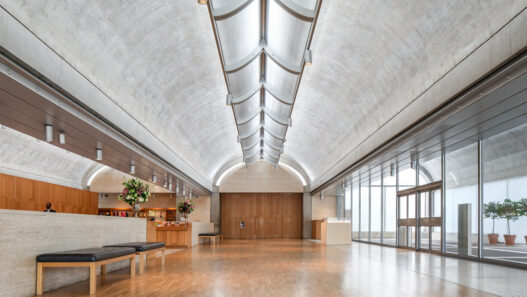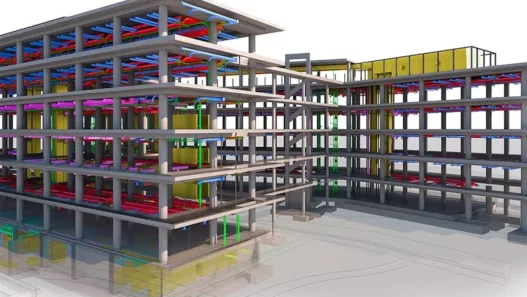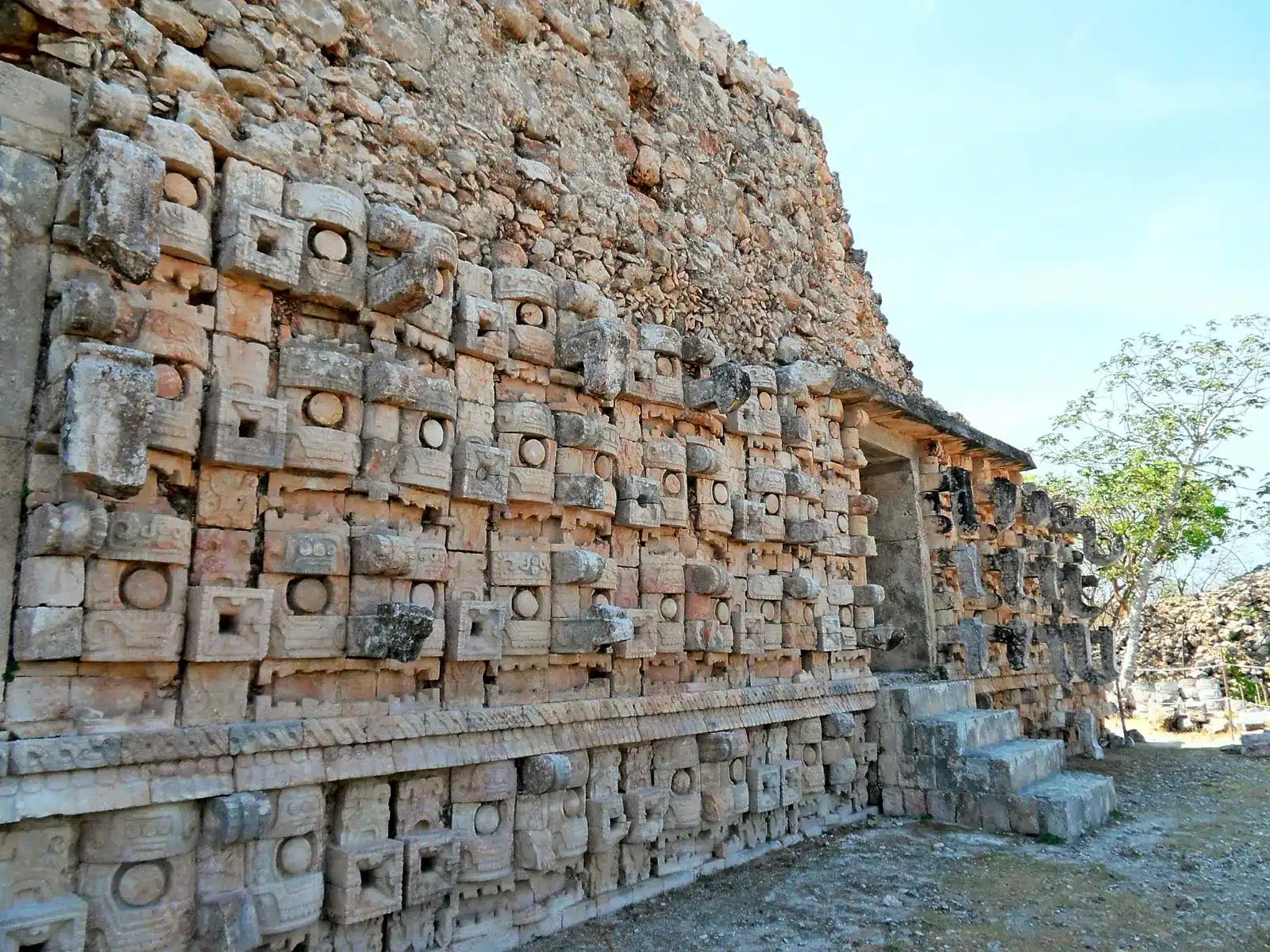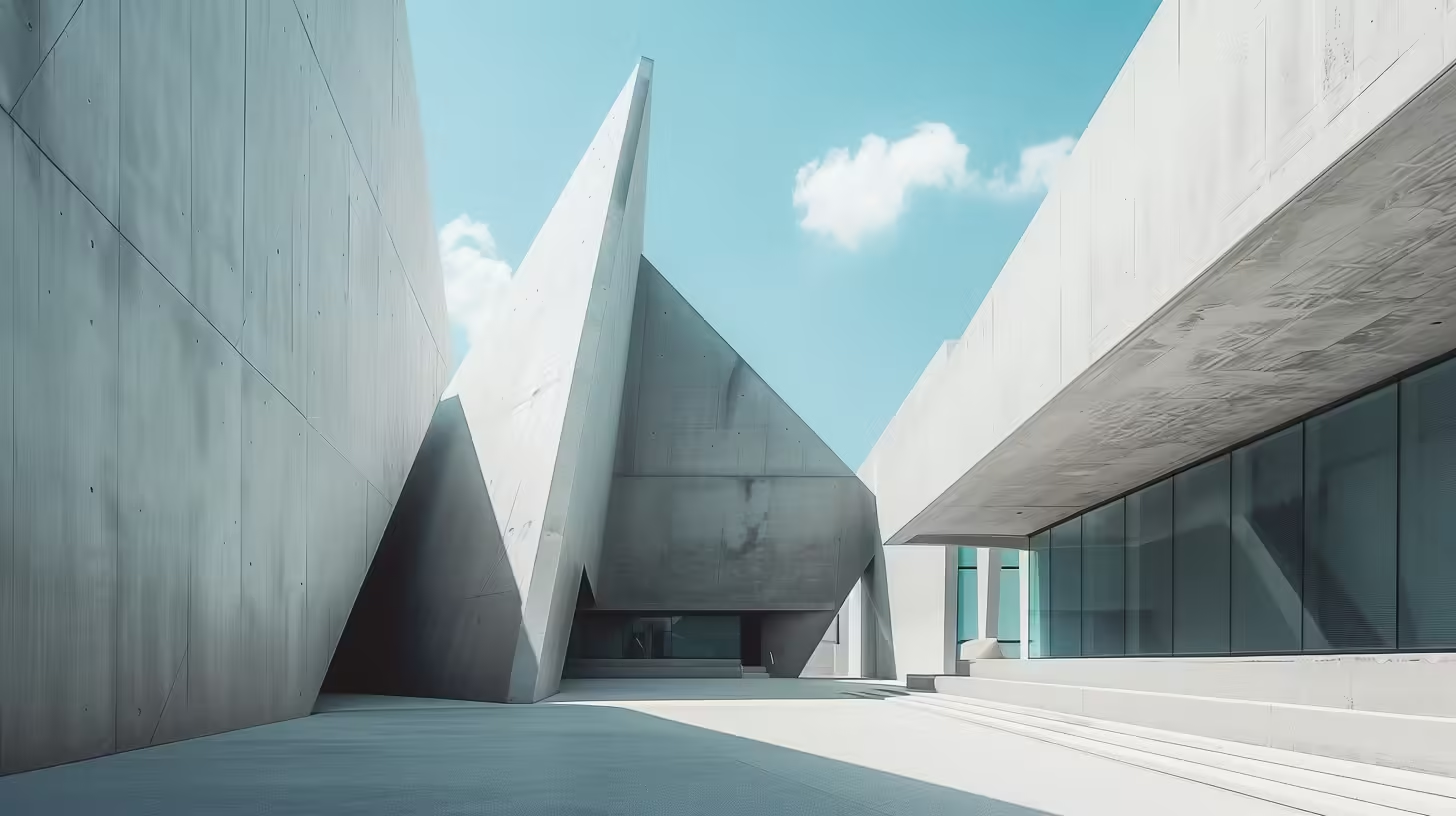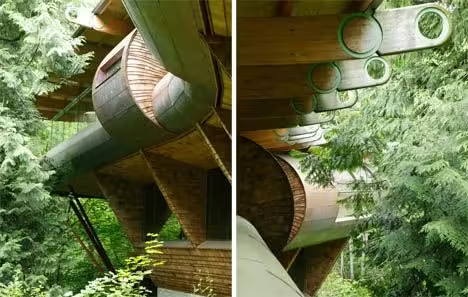Maya architecture is a fascinating testament to the creativity and ingenuity of the ancient Maya civilization that flourished in Mesoamerica until the arrival of the Spanish in the 16th century BC. This architectural style is not just about buildings and structures; it encompasses a rich cultural narrative that reflects the Maya’s complex social organization, religious beliefs and relationship with nature. As we explore various aspects of Maya architecture, we uncover not only the physical structures, but also the fundamental philosophies and innovations that shaped this extraordinary civilization.
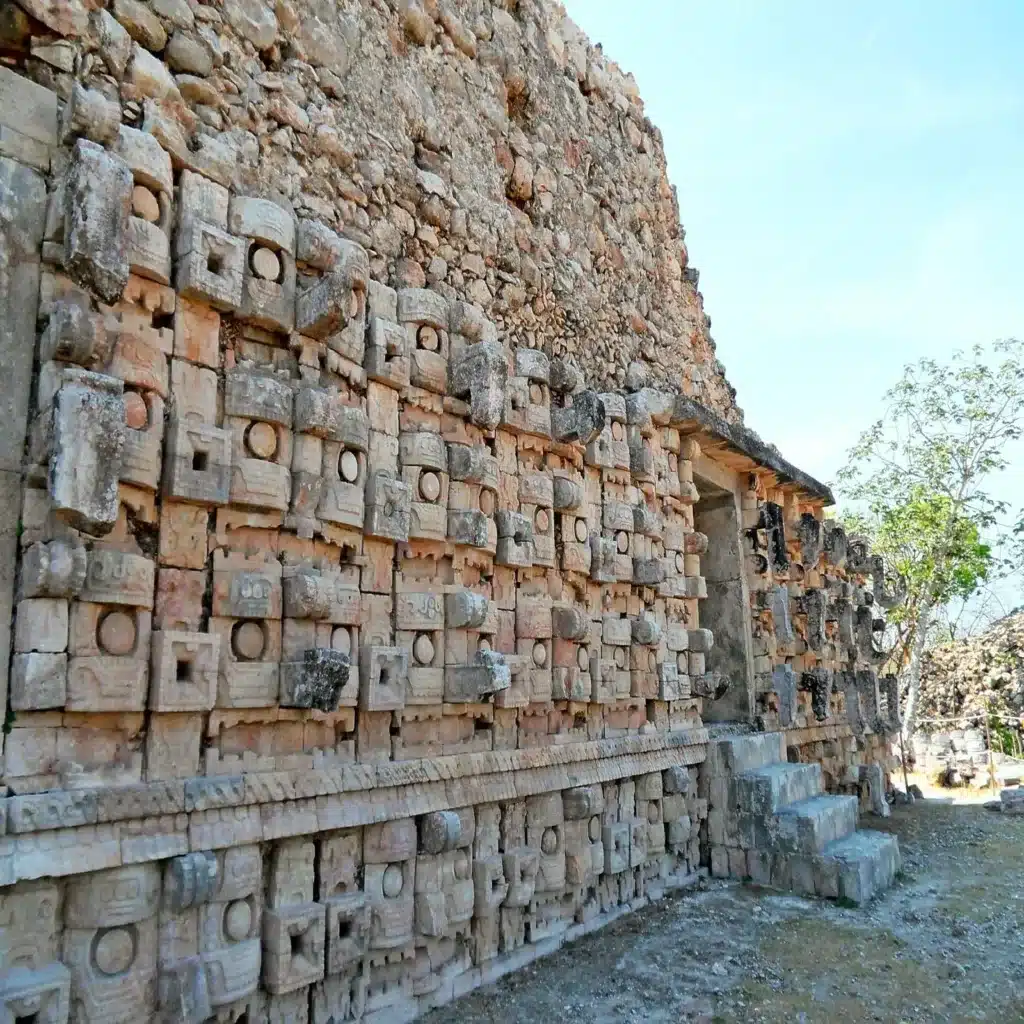
Historical Context
The historical context of Maya architecture is deeply intertwined with the development of Maya civilization itself. Originating in what is now Mexico, Guatemala, Belize, and parts of Honduras and El Salvador, the Maya built impressive city-states during the Classic Period, roughly between AD and AD. This period was marked by significant advances in agriculture, astronomy and writing, all of which influenced architectural practice. Cities were not just residential areas; they were political, religious and cultural centers. The construction of monumental structures such as pyramids, palaces and temples demonstrated the Maya ability to organize labor and resources efficiently. Each city had its own architectural style, reflecting local resources, cultural practices and historical events.
Cultural Significance
Maya architecture has deep cultural significance as a physical manifestation of the Maya worldview. Temples and pyramids were often dedicated to the gods and designed to facilitate communication with the divine. The layout of cities was often aligned with celestial events, emphasizing the Maya’s sophisticated understanding of astronomy and its importance in their agricultural calendar. Rituals and ceremonies often took place in these architectural spaces, reinforcing social hierarchies and community bonds. The grandeur of structures such as El Castillo in Chichén Itzá, which casts a snake shadow during the equinoxes, illustrates the deep connection between architecture, spirituality and nature in Mayan culture.
Key Features
Mayan architecture is characterized by its monumental stone structures, intricate carvings and the use of cornice arches. Buildings often display a mix of functionality and aesthetic beauty, with elaborate facades and detailed reliefs depicting mythological narratives and historical events. Structures are often built using local limestone, which can be easily carved and shaped. The emphasis on symmetry and alignment with celestial bodies reflects a well-planned urban layout with plazas, ball fields and ceremonial centers organized around central axes. Pyramids with distinctive steps, such as those found in Tikal and Palenque, serve not only as temples, but also as symbols of power and religious devotion.
Overview of Limestone Use
Limestone played a crucial role in Maya architecture, serving as the primary building material due to its abundance in the region. The Maya developed sophisticated quarrying techniques, extracting and shaping limestone blocks for construction. This stone was not only durable, but also allowed for elaborate carvings depicting various aspects of Maya life, from mythology to historical events. The use of limestone contributed to the longevity of these structures, many of which are still standing today, and offers insights into Maya architectural practices. Moreover, the choice of limestone was symbolic, connecting the buildings to the earth, reflecting the Maya respect for nature and the spiritual significance of the materials they used.
Architectural Innovations
The innovations in Maya architecture are remarkable and highlight the advanced engineering skills of the civilization. One of the most notable innovations is the corbel arch, which allowed the Maya to create larger and more open interiors. This technique involved stacking stones to meet gradually at the top, creating a vaulted ceiling without the need for actual arches. The Mayans also excelled at creating elaborate water management systems, including the reservoirs and canals necessary to sustain their cities. Furthermore, the construction of observatories, such as the one at Uxmal, demonstrates their advanced knowledge of astronomy, which enabled them to accurately track celestial movements. These innovations not only facilitated urban life, but also reflected the Maya’s deep connection to their environment and their understanding of the cosmos.
With its monumental structures and deep cultural roots, Maya architecture continues to fascinate scholars and visitors alike. It serves as a reminder of the civilization’s profound achievements and its lasting impact on architectural history. As we delve deeper into specific sites and structures, we will uncover the stories and legacies these ancient builders left behind.
Geological Aspects of Limestone
Limestone is a sedimentary rock formed under specific geological conditions, making it a fascinating subject of study. Found in various parts of the world, this rock has important implications not only for geology but also for construction, agriculture and environmental science. By exploring its formation, types, properties, availability, extraction and environmental impact, we can better understand the role of limestone in our world.
Formation of Limestone
Limestone is formed primarily by the accumulation of organic matter and mineral deposits over millions of years. The process begins in shallow, warm marine waters where the remains of marine organisms such as corals, molluscs and foraminifera accumulate. As these organisms die, their calcium carbonate-rich shells and skeletons settle to the ocean floor. Over time, additional layers of sediment accumulate, compressing the material below into solid rock.
Rock can also form through chemical precipitation, when calcium carbonate precipitates from water, especially in environments such as caves where dripping water forms stalactites and stalagmites. This dual method of formation – biological and chemical – illustrates the unique properties of limestone and its importance in various geological settings.
Limestone Types Found in Mesoamerica
In Mesoamerica, limestone is the cornerstone of both geology and cultural heritage. The region is rich in different types of limestone, each with different characteristics. For example, the Yucatán Peninsula is mainly composed of a porous limestone known as “karst”, formed by erosion and dissolution processes. This type of limestone forms cenotes, extensive cave systems and natural sinkholes filled with water, important for the ancient Mayan civilization.
Other varieties include chalk, a soft, white limestone composed mostly of coccolithophores, and dolostone, which contains magnesium carbonate. These different species play critical roles in local ecosystems, influencing soil composition and water drainage patterns. They have also been used in historical architecture, from temples to pyramids, emphasizing their cultural importance.
Limestone Properties
Limestone is known for its unique properties that make it a valuable resource. It is relatively soft, allowing for easy carving and shaping, which is why it has been a popular material for buildings and sculptures throughout history. Its color can range from white to gray, depending on impurities and the presence of iron oxides.
One of the most important properties of limestone is that it reacts with acids, leading to the formation of carbon dioxide gas. This reaction is not only an important aspect of weathering, but also plays a role in various industrial processes such as cement production. The porous structure of limestone makes it an excellent aquifer, allowing it to store and transmit groundwater, which is crucial for many ecosystems and human activities.
Availability and Extraction
Limestone is abundant in many parts of the world, making it relatively easy to find and extract. In Mesoamerica, large deposits are often found close to the surface, making it easy to quarry. The extraction process typically involves blasting and crushing the rock, which is then processed for a variety of uses.
Limestone is essential in construction, serving as the primary ingredient in cement and concrete. It is also used in agriculture to improve soil quality and in the production of lime for various industrial applications. However, ease of extraction can pose challenges as the demand for limestone continues to grow along with urban development and infrastructure projects.
Environmental Impacts of Limestone Quarrying
While limestone quarrying supports economic growth and development, it also poses significant environmental challenges. Extraction can lead to habitat destruction, soil erosion and water pollution. Dust and noise from quarrying can disturb local wildlife and communities.
Furthermore, altering landscapes can affect local hydrology, affecting water availability for both ecosystems and human use. To mitigate these impacts, sustainable practices are becoming increasingly important. This includes implementing rehabilitation projects to restore quarry sites after extraction and minimizing the ecological footprint of new operations.
Understanding the geological aspects of limestone is essential not only to appreciate its natural beauty and utility, but also to address the environmental concerns associated with its extraction and utilization. Through responsible management, we can ensure that this valuable resource continues to benefit both humanity and the planet.
3. Construction Techniques
The world of construction is a fascinating blend of art and engineering, where creativity meets practicality. In this exploration of construction techniques, we will examine the various methods and practices that shape the buildings we see today, with a particular focus on the use of limestone, a material prized for its durability and aesthetic appeal. From quarrying to finishing touches, every step in the construction process is crucial to creating lasting structures.
Quarrying Methods
Quarrying is the first step in the journey of limestone from the earth to the construction site. This process involves the extraction of large blocks of limestone from quarries located around the world. Traditional quarrying methods often involved manual labor, with workers using tools such as chisels and hammers to carefully remove stone from the surface of a quarry. But with advances in technology, modern quarrying techniques now often utilize heavy machinery such as diamond wire saws and hydraulic splitters to efficiently cut and remove large blocks of limestone.
These modern methods not only increase productivity but also minimize waste, allowing for cleaner cuts and more precise shaping of the stone. Furthermore, quarrying today often emphasizes sustainability, with companies implementing practices that reduce environmental impacts, such as restoring quarry sites and using water recycling systems. The choice of quarrying method can significantly affect the quality of the limestone and therefore the final aesthetics and structural integrity of the buildings that use it.
Transportation of Limestone Blocks
Once the limestone blocks have been quarried, the next challenge is transportation. Limestone is a heavy material and its transportation from the quarry to the construction site requires careful planning and execution. Historically, this may have involved horse-drawn carts or railroads, especially in areas close to quarries. However, as the scale and complexity of construction projects have increased, limestone transportation methods have changed.
Today, trucks equipped with cranes and flatbeds are commonly used to transport limestone. This allows large blocks to move quickly and efficiently, while ensuring they arrive at the construction site intact. In some cases, especially for very large projects, limestone can even be transported by barges along rivers or coastlines. This method not only reduces congestion on the roadway, but also minimizes the risk of damage to the stone during transportation. Effective transportation is crucial, as any delays or damage can lead to increased costs and prolonged project duration.
Masonry Techniques
Masonry is an ancient craft that has developed over centuries and plays a vital role in the construction of limestone buildings. This technique involves laying stone blocks or bricks to create walls, arches and other structural elements. When working with limestone, masons must consider the unique characteristics of the stone, such as its weight, texture and how it reacts to weathering over time.
One popular masonry technique is the use of lime mortar, which is made from limestone that has been heated and mixed with water. This type of mortar is particularly suited to limestone and provides a strong bond between the stones, while being flexible enough to accommodate slight movements in the building. In addition, masons often use techniques such as dry stacking, where stones are placed without mortar, relying on gravity and the precise cutting of the stones to hold the structures together. This method not only creates a rustic aesthetic, but also allows for natural drainage, which is beneficial in wetter climates.
Tools Used in Construction
Work tools have a significant impact on the quality and efficiency of construction. In limestone construction, masons and builders rely on a variety of tools specifically designed for working with the stone. Traditional tools include chisels, hammers and trowels that allow precise shaping and finishing of limestone blocks.
In modern construction, power tools have revolutionized the way limestone is cut and shaped. Tools such as angle grinders and pneumatic chisels allow workers to perform complex cuts and designs with ease. Furthermore, laser levels and measuring tools ensure that structures are accurately constructed and perfectly aligned. The use of these tools not only improves the mastery of masonry work, but also speeds up the construction process, making it possible to complete projects more efficiently.
Structural Integrity of Limestone Buildings
The structural integrity of limestone buildings is a fascinating subject that combines elements of geology, engineering and design. Limestone is a sedimentary rock that is both strong and durable, making it an excellent choice for a wide range of architectural applications. However, like any material, limestone has its limitations and requires careful consideration during the design and construction phases.
An important aspect of ensuring structural integrity is to understand the properties of the specific type of limestone used. Different varieties may have different compressive strengths and resistance to weathering. Engineers often conduct extensive analysis to determine how the stone will perform under various loads and environmental conditions. This understanding informs decisions about the size and placement of limestone blocks, as well as the overall design of the building.
Furthermore, modern engineering practices incorporate advanced techniques such as computer modeling and stress analysis, allowing architects and builders to predict how a limestone structure will behave over time. By combining traditional know-how with contemporary technology, we can create buildings that not only stand the test of time, but also enhance our built environment with their beauty and durability.
In conclusion, the techniques used in limestone construction, from quarrying to transportation, from masonry work to tool use and structural integrity, are a testament to human creativity and ingenuity. Each step in this process contributes to the creation of buildings that are not only functional but also rich in history and character.
4. Iconic Mayan Temples
The Mayan civilization, which flourished in Mesoamerica until the Spanish conquest in the 16th century BC, is renowned for its extraordinary architectural achievements. These include its iconic temples, which served not only as places of worship, but also as political and cultural landmarks. These structures reflect the Maya’s deep understanding of astronomy, mathematics and their connection to the natural world. Each temple tells a story about the civilization’s religious beliefs, social organization and artistic skills, making them fascinating subjects of study and exploration.
Kukulcán Temple
The Temple of Kukulcán, also known as El Castillo, stands majestically in Chichén Itzá and is perhaps the most recognizable symbol of Mayan architecture. Dedicated to the feathered serpent god Kukulcán, this stepped pyramid is a marvel of engineering and astronomical alignment. Built in the 12th century, the temple was constructed with steps corresponding to the days of the year, demonstrating the advanced knowledge of the Mayans in both mathematics and astronomy.
When visitors approach the temple during the spring and fall equinoxes, they can witness a fascinating visual phenomenon. The setting sun casts shadows that create the illusion of a snake slithering down the pyramid’s stairs, symbolizing the descent of Kukulcán. This event demonstrates not only the architectural mastery of the Maya, but also their deep spiritual connection with celestial events. The Temple of Kukulcán serves as a reminder of the rich cultural fabric of the Mayan civilization and continues to attract tourists and scholars interested in learning about its historical significance.
Temple I in Tikal
Located in the heart of the Guatemalan jungle, Temple I at Tikal, also called the Temple of the Great Jaguar, stands as a monumental testament to Mayan architectural prowess. Completed around AD, this temple rises steeply to a height of about meters (feet) and is adorned with intricate carvings and inscriptions celebrating the achievements of the ruler who undertook its construction.
Temple I served a dual purpose: it was a royal tomb and a space for ceremonial activities. The design of the temple reflects the complex relationship the Maya had with their environment, as it was strategically positioned to align with the path of the sun during major solar events. Standing atop the temple offers a breathtaking view of the surrounding rainforest and is a reminder of civilization’s integration with nature. The grandeur of Temple I showcases not only the artistic and architectural talents of the Mayans, but also their enduring legacy as one of the most sophisticated cultures in ancient Mesoamerica.
Temple of Inscriptions
Located within the ancient city of Palenque, the Temple of Inscriptions is a stunning example of Mayan architecture and epigraphy. Built in the 7th century, this temple is distinguished by its elaborate hieroglyphic inscriptions that tell the history and lineage of the ruler Pakal the Great. The temple itself is built on a raised platform and features a pyramid structure that rises dramatically from the forest floor.
Inside the temple is a burial chamber containing the sarcophagus of Pakal, decorated with intricate carvings depicting his journey to the afterlife. The Temple of Inscriptions serves not only as an important archaeological site, but also as a window into the spiritual beliefs and political structures of the Maya civilization. The inscriptions provide invaluable insight into their history, revealing the complex narratives that shaped their society. This temple is a testament to the artistic talent of the Mayans and the deep respect they had for their rulers and gods.
El Castillo
El Castillo, another name for the Temple of Kukulcán, is an extraordinary architectural achievement located in Chichén Itzá. The design of this temple is not only aesthetically stunning, but also highly symbolic, representing the sophisticated understanding of astronomy of the Mayans. The structure was built with a total number of four steps, each with a stepped staircase, culminating in a single step at the top.
Every aspect of El Castillo is imbued with significance, from its orientation to the surrounding landscape to its alignment with celestial events. The temple served as a calendar marking the equinoxes and solstices, and the shadow play during these events demonstrates the Maya mastery of mathematical concepts. El Castillo continues to fascinate visitors with its magnificence and stories that embody the combination of spirituality, science and art that defined the Mayan civilization.
Great Pyramid of Cholula
The Great Pyramid of Cholula, known as Tlachihualtepetl, is the largest pyramid in the world by volume, located near Puebla, Mexico. Originally built in BC, this massive structure is dedicated to the god Quetzalcoatl and exhibits a unique layering technique, as it was built over several centuries as successive civilizations added their own elements.
Unlike the sharp, towering pyramids of the Mayans, the Great Pyramid of Cholula has a more gradual slope covered in lush vegetation, giving it the appearance of a natural hill. This architectural choice reflects the cultural significance of the pyramid as a sacred site rather than merely a monumental structure. Visitors can explore a network of tunnels that reveal the construction stages and religious significance of the temple and provide a glimpse into the spiritual life of the ancient inhabitants.
The Great Pyramid stands as a symbol of continuity and change in Mesoamerican cultures. Its enduring presence and the stories it holds make it a vital part of the region’s historical narrative. The colossal scale of the pyramid and the cultural practices associated with it continue to inspire awe and wonder, highlighting the complex interplay between architecture, spirituality and society in ancient Mesoamerican societies.
5. Artistic Elements and Symbolism
Artistic elements and symbolism are vital components of architecture that transcend mere aesthetics. They convey cultural values, historical narratives and spiritual beliefs. In many cultures, buildings are not just functional spaces; they embody the stories and ideas that connect communities to their heritage and environment. This section examines various artistic elements and their significance, with a particular focus on carvings, iconography, coloration, ritualistic practices and integration with nature.
Carvings and Reliefs
Carvings and reliefs are among the most fascinating aspects of architectural design, serving both decorative and narrative functions. These complex works of art often adorn the facades of temples, palaces and public buildings, transforming flat surfaces into storytelling canvases. In many ancient civilizations, such as the Egyptians and Greeks, reliefs depicted myths, historical events and deities, allowing viewers to interact with their cultural narratives.
For example, elaborate reliefs found in ancient Egyptian temples often depicted scenes from the afterlife, illustrating the journey of the soul. These carvings not only served a decorative purpose, but also had a spiritual significance, reinforcing the beliefs of the community. Similarly, in Maya architecture, stone carvings can be found on obelisks and temples celebrating rulers and their achievements, thus intertwining history and art.
The painstaking process of creating these works of art demonstrates a society’s commitment to its cultural values. Each carving is full of meaning and often requires skilled artisans who understand both the technical and artistic aspects of their craft. The survival of these carvings over the centuries emphasizes their importance as they continue to inform modern interpretations of ancient cultures.
Iconography in Maya Architecture
Iconography plays a crucial role in understanding the Maya civilization because it provides information about their beliefs, social structure and cosmology. Maya architecture is rich with symbols that convey complex narratives and ideas. Structures such as the temples at Tikal or Palenque are adorned with images representing deities, rituals and life cycles.
The use of certain motifs, such as the serpent, expresses divine authority and the connection between the earth and the heavens. These symbols are not chosen at random; they have deep roots in Mayan mythology and spirituality. For example, the Feathered Serpent, known as Kukulkan, appears in various forms on Mayan sites and symbolizes the duality of the material and spiritual worlds.
Understanding this iconography allows for a richer appreciation of Maya architecture, as it reveals a worldview in which every element was carefully constructed to reflect the values and beliefs of the community. Modern archaeological studies continue to decipher these symbols, revealing the depth of meaning embedded in Maya structures and connecting contemporary audiences with the ancient past.
Coloring and Surface Treatment
Coloring and surface treatments in architecture are not merely aesthetic choices; they carry significant cultural weight and emotional resonance. In many cultures, colors symbolize different aspects of life, nature and spirituality. For example, the vibrant hues found in traditional Indian architecture, such as the palaces of Rajasthan, often reflect the cultural vibrancy of the region and its connection to the natural landscape.
In ancient Rome, buildings were often painted in bright colors, a practice that has greatly influenced modern architectural design. These colors were derived from natural pigments and were used to convey messages while enhancing the beauty of buildings. For example, red can symbolize power and passion, while blue can represent peace and sanctity.
Surface treatments also contribute to the overall experience of a space. Textured surfaces can evoke sensations that stimulate the senses, encouraging a deeper connection between the individual and the environment. Modern architects are often inspired by these practices, using color and texture to create spaces that resonate with users on a variety of levels, from the emotional to the spiritual.
Ritualistic Significance
Ritualistic significance is the cornerstone of many architectural designs, especially in sacred spaces. Structures such as temples, shrines and altars are often designed with specific rituals in mind and reflect the beliefs and practices of the communities that use them. These structures are not just places where rituals are performed; they are an integral part of ritual by sanctifying the space and establishing a link between the divine and the mundane.
In Ancient Greece, for example, temples were designed to house statues of gods and goddesses and served as a focal point for worship and offerings. The layout of these temples often reflected the cosmic order, with specific orientations aligned with celestial events. This architectural purposefulness created a space that was both functionally and spiritually significant.
Contemporary architecture continues to explore the relationship between space and ritual. Modern places of worship, such as churches and mosques, often incorporate elements that facilitate communal gathering and individual reflection. The design of these spaces encourages a sense of belonging and spiritual connection, demonstrating that architecture can be a powerful tool for expressing and experiencing rituals.
Integration with Nature
The integration of architecture with nature is a timeless principle that emphasizes the harmony between built environments and their surroundings. This connection reflects a deep respect for the natural world and recognizes that architecture should enrich the landscape rather than dominate it. Many traditional cultures, including indigenous peoples, have long recognized the importance of designing spaces that coexist with nature.
In Japan, for example, traditional wooden structures often feature sliding doors that open onto gardens, blurring the lines between indoors and outdoors. This design philosophy encourages a sense of tranquility and connection with nature, allowing occupants to experience the changing seasons and the beauty of the natural world.
Modern architects are increasingly embracing this principle and creating buildings that are not only sustainable, but also enhance their natural surroundings. Green roofs, living walls and the use of natural materials are just a few examples of how contemporary architecture seeks to harmonize the built environment with the landscape. This approach not only promotes ecological balance, but also enriches the human experience, reminding us of our place within a wider web of life.
Ultimately, the artistic elements and symbolism in architecture offer deep insights into the cultures that created them. From intricate carvings and meaningful iconography to vibrant colors and ritual significance, these elements enrich our understanding of the past and inspire future design. By appreciating these elements, we can connect more deeply with the places we live in and the stories they tell.
6. Heritage and Conservation
The legacy of ancient civilizations, especially the Maya, is a treasure trove of knowledge, culture and art. Their architectural achievements, ranging from great pyramids to intricate temples, tell the stories of a society that evolved over centuries. The preservation of this heritage is crucial not only for historical understanding, but also for cultural identity. As we examine various aspects of heritage and conservation, we uncover the importance of modern archaeological efforts, the challenges faced, the role of international organizations, community engagement, and the future of Maya architectural studies.
Modern Archaeological Efforts
Modern archaeological studies have changed our understanding of the ancient Maya civilization. Advanced technologies such as LiDAR (Light Detection and Ranging) have revolutionized the way archaeologists survey and excavate sites. This technology allows researchers to penetrate dense forest cover and uncover hidden structures beneath the foliage. For example, recent LiDAR scans in Guatemala have revealed thousands of previously unknown structures, reshaping our understanding of Maya urban planning and social organization.
Alongside technology, interdisciplinary approaches are becoming increasingly common. Archaeologists are now collaborating with environmental scientists, historians and even artists to create a holistic view of Maya life. This collaboration is helping to reconstruct not only the physical structures, but also the cultural and environmental contexts in which the Maya lived. As a result, modern archaeology is not just about excavating artifacts; it is about understanding the complex web of relationships that define an entire civilization.
Challenges in Conservation
The preservation of Maya architecture faces numerous challenges. One of the most important threats is environmental degradation. Deforestation, climate change and natural disasters can severely damage these ancient structures. For example, heavy rains and hurricanes can erode the foundations of temples and pyramids, causing irreversible damage.
Moreover, while tourism can be beneficial for local economies, it can also pose risks. An influx of visitors can lead to wear and tear on sensitive sites. In some cases, conservation action can alter the authenticity of a site; for example, the use of modern materials in restoration projects can conflict with original construction techniques. Balancing the need for conservation with the realities of modern development and tourism is a complex challenge that requires careful planning and innovative solutions.
UNESCO’s Role in Conservation
UNESCO plays a vital role in protecting cultural heritage, including the architectural wonders of the Mayan civilization. By designating specific sites as World Heritage Sites, UNESCO not only recognizes their global significance, but also provides a framework for their protection and management. For example, the recognition of Tikal and Palenque as World Heritage Sites helps provide funding and resources for their protection.
UNESCO’s involvement also emphasizes the importance of sustainable tourism and education. By raising awareness of the importance of these sites, UNESCO encourages both locals and tourists to engage in responsible practices that support conservation efforts. UNESCO also helps train local professionals in heritage management, ensuring that conservation efforts are rooted in the community and adapted to local contexts.
Community Engagement in Heritage Conservation
Community participation is essential for the effective conservation of Maya architectural heritage. Local communities often have invaluable knowledge about their history and cultural practices. Involving these communities in conservation efforts fosters a sense of ownership and responsibility for their heritage.
In many regions, local organizations and grassroots movements have emerged to protect and promote cultural sites. These groups often work in collaboration with archaeologists and conservation experts to ensure that conservation strategies are aligned with the values and needs of the community. For example, initiatives promoting eco-tourism not only generate income, but also educate visitors about the importance of preserving local heritage.
By involving communities, conservation efforts become more sustainable and culturally relevant. This partnership not only enhances the conservation of these sites, but also strengthens cultural identity and pride among local people.
The Future of Maya Architectural Studies
The future of the study of Maya architecture is promising with technological advances and a growing appreciation for cultural heritage. As researchers continue to explore ancient sites with non-invasive methods, new discoveries are likely to emerge that offer new insights into Maya society, architecture and its relationship with the environment.
Moreover, interdisciplinary studies are expected to expand. Collaborations between archaeologists, anthropologists and climate scientists will deepen our understanding of how the Maya adapted to their environment and how environmental changes affected their civilization. This holistic approach will not only benefit academic research, but also inform modern practice in sustainability and urban planning.
As awareness of the importance of cultural heritage continues to grow, we can expect increased support for conservation efforts. Educational programs for younger generations will play an important role in fostering a sense of responsibility towards heritage sites and will ensure that the Maya heritage is respected and preserved for future generations. In conclusion, the future of Maya architectural studies promises to enrich our understanding of this remarkable civilization and cement its place in the narrative of human history.
Discover more from Dök Architecture
Subscribe to get the latest posts sent to your email.





